'Let's leave cookie-cutter trends behind' – 5 styles designers say belong in 2024
We asked designers what trends they will be happy to say goodbye to in 2025
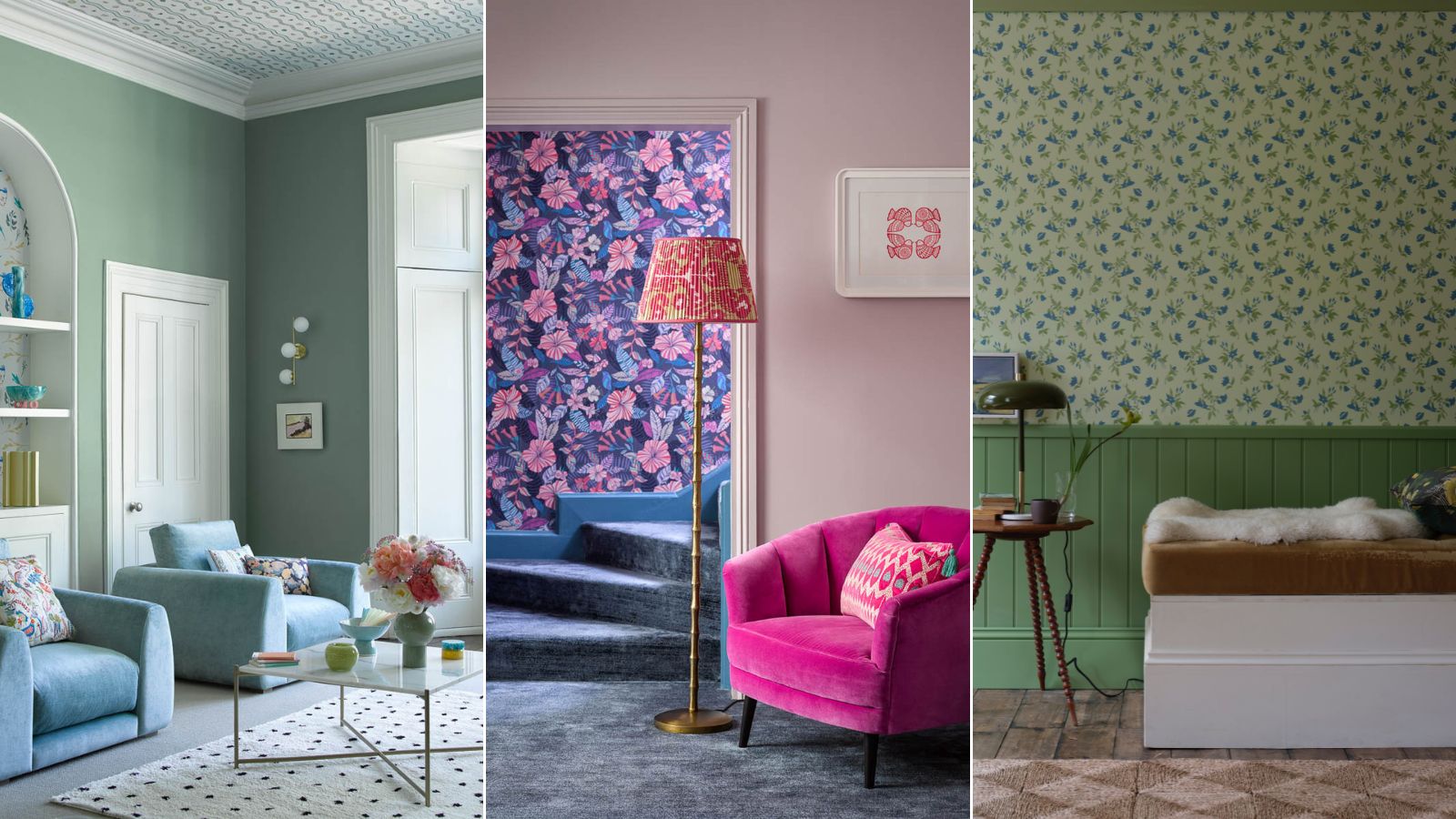

Eleanor Richardson
We are approaching the end of the year, meaning it's the perfect time to reflect on the past 12 months. 2024 has been filled with new and exciting interior design trends, making it both an insightful and inspiring journey. Some styles have been more favored than others, but I'm happy to admit that I'll be saying farewell to a few.
While this year's looks have been undoubtedly innovative and artistic, there is much to look forward to in 2025. Nina Lichtenstein says, 'It will be all about embracing individuality, sustainability, and warmth, leaving behind trends that lack personality.'
These interior designers have shared their least favorite aesthetics of 2024, from monochromatic looks to formal, uptight spaces. Positivity and hope are our trusty companions that will guide us into a new year. I expect to see trends that focus on craftsmanship, encouraging cultivation, and ethical practice. Let's take a look at the interior design trends designers say they are leaving behind in 2024, why that is, and what styles they are embracing instead.
5 interior design trends to leave in 2024
Not all 'trends' are transient and fleeting, some have reformed interior design and have given style a whole new meaning. However, there are some trends that I'd rather not see too much of in the upcoming year, and it seems these designers think so too. Stark, bare, and cold interiors can lack warmth and friendliness, so, unsurprisingly, this style is one I hope to see a little less of. But remember, trends come and go, so if you love a look, don't be discouraged from integrating it into your own space.
1. Themed trends
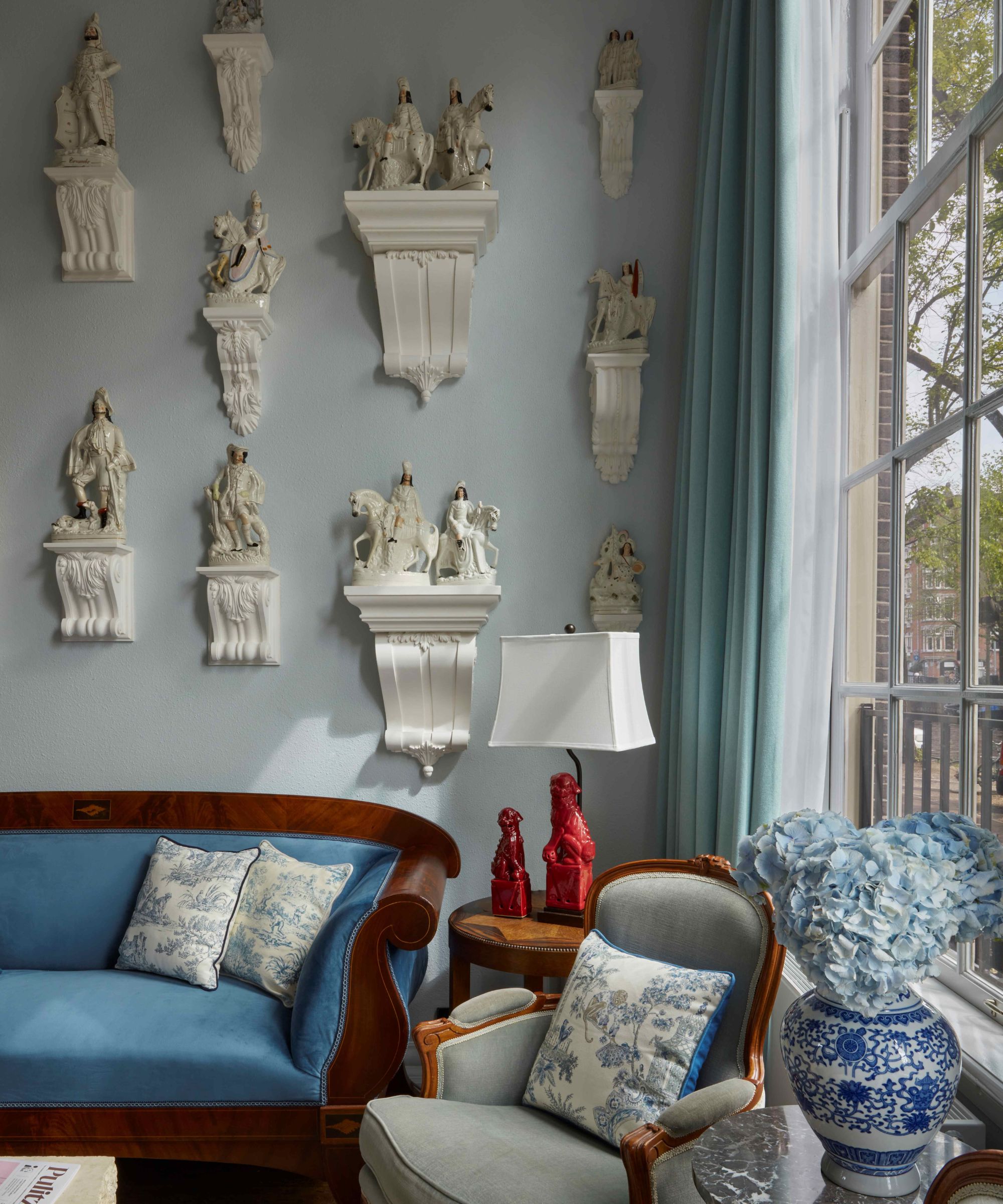
'Core' or 'themed' trends embrace a style with full force. This style is when designers go all out with one type of decor and refrain from incorporating any other influences.
I do appreciate a space that's been created with artistic drive and intention. But I'm not so sure about rooms that have been designed with a sole theme in mind. 'Theme' or 'core' trends tend to be abandoned, likely because they can feel a little over the top. They're very of the moment and can feel very specific to a time and a mood and that's not ideal when you want to create rooms and a home that never dates.
Mel Stutzman, from Countryside Amish Furniture expects to see a shift away from single-themed spaces with a focus on bespoke curation.
'In 2025, people will move away from rigid, single-theme decor, opting instead to mix materials and design influences for a more personalized space. As people reassess overconsumption, trends like "maximalism" are being questioned in favor of more intentional choices. In response, many are prioritizing bold visual statements through staple furniture pieces, rather than cluttering their spaces with excess decor.'
2. Fast furniture
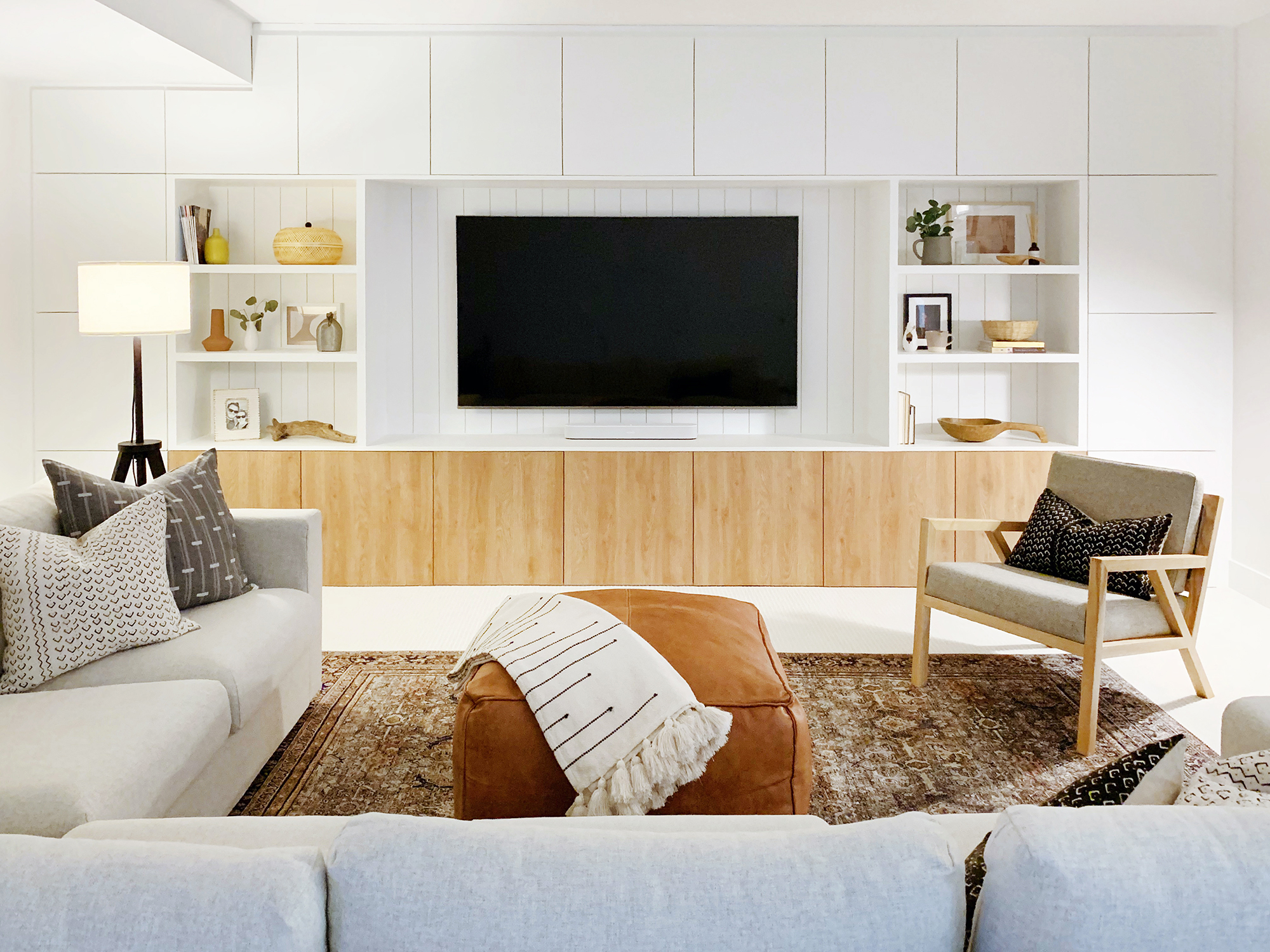
This is a trend I am more than happy to say farewell to. Dupes are great in theory as they make on-trend designs more accessible, but mass production lacks ethics and can be more expensive in the long run. Fast furniture isn't designed to last, hence its title 'fast', which means you'll need to repurchase pieces when the old ones have lost their appeal.
It's best to invest in life-long pieces and choose designs that you'll always appreciate. I find that antique furniture is often durable and made with the finest quality materials, making it the perfect choice for any home. Our 2025 furniture predictions shed light on incorporating meaningful, made-to-last pieces.
Chris Cox, co-founder of Cox London says, 'People are increasingly valuing artistry and craftsmanship, recognizing the depth of character that these objects add to a space. Rather than rushing to fill their homes with mass-produced items, individuals are taking time to curate collections of carefully crafted pieces and antiques that reflect their unique tastes and stories.'
We shouldn't have to change our interiors every season. So we should create rooms that can withstand changing trends. You can introduce small elements to embrace certain new styles without having to revamp a whole room to keep up.
3. Monochrome
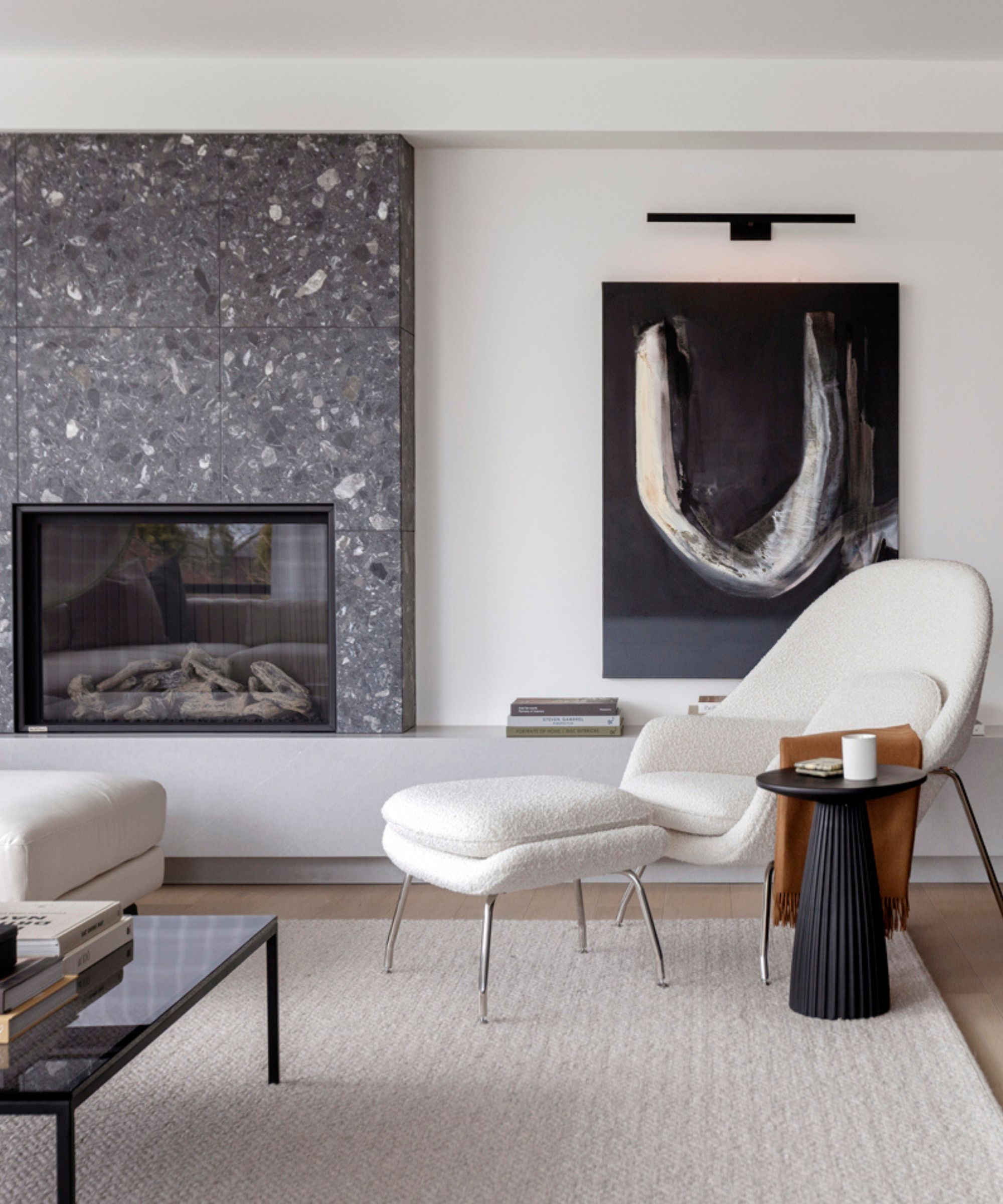
We've witnessed a shift away from monochrome palettes this year, but that's not to say they're gone for good. There are ways to successfully create a monochrome scheme, so don't get me wrong- I'm not against the look. There are some spaces that look dramatic and luxurious with a toned-down color combination, but black and white sometimes feel cold and dull.
I'm not the only one wishing the monochromatic trend away. Tanya Selway and Benjamin Stelly, co-principals of interior design studio Stelly Selway say, 'We're hoping to leave monochrome, beige-on-beige traditionalism in 2024. In 2025, we want to see a zest for life, be it in animal-inspired upholstery or maximalist wallpaper! This is a year of change. It's time for escapism and vivaciousness.'
Nina seems to agree, saying 'The gray-on-gray trend that once dominated homes is being replaced with colors that radiate warmth and character. Earthy tones, rich greens, and soft terracottas are emerging as the new neutrals.'
4. Overly minimal spaces
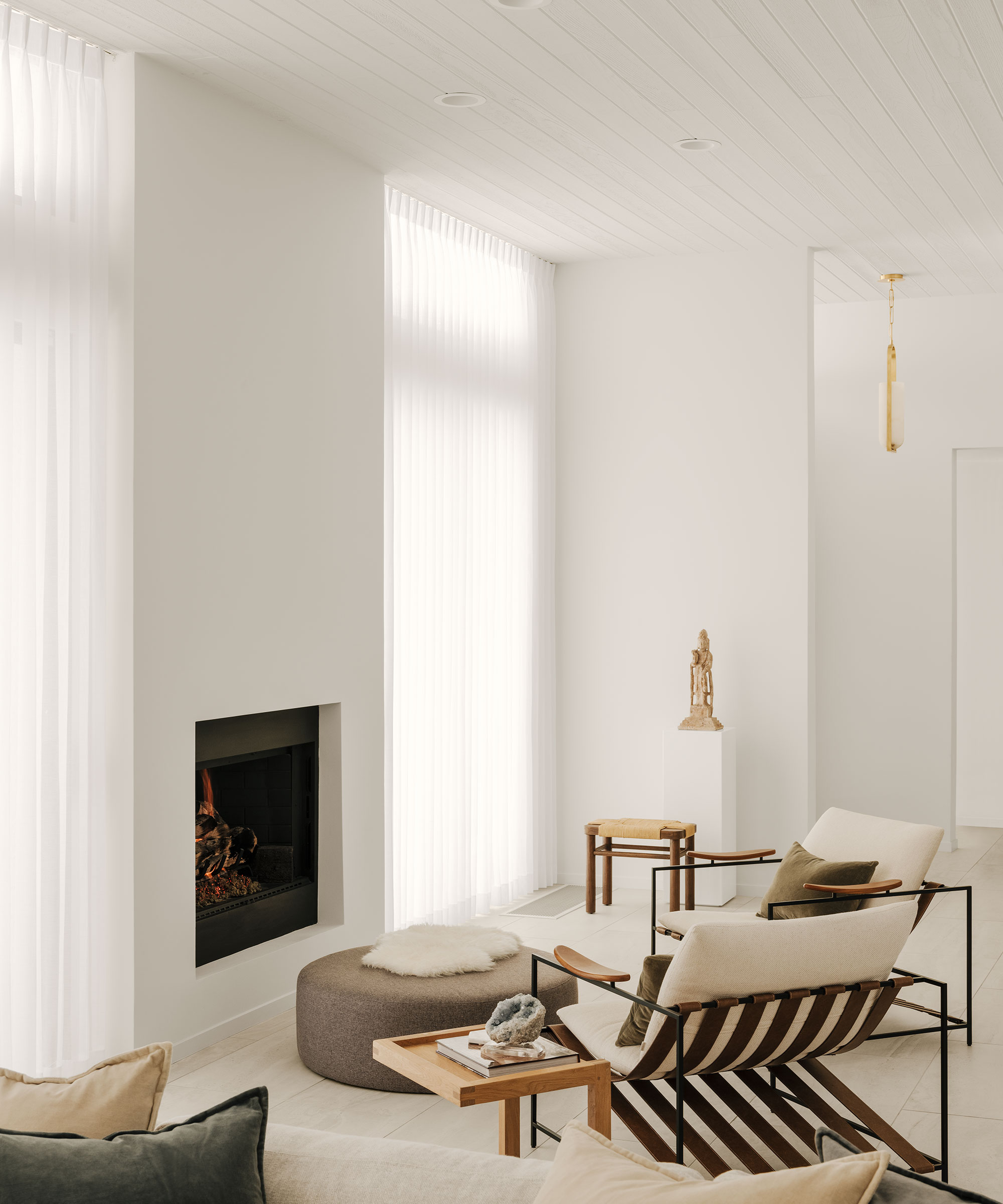
Interior design shouldn't be approached with careless intent. Heavy-handed, amalgamations rarely look good and can make a space feel overworked and overwhelmed. However, I'd rather have a mass of interesting pieces than a total lack of art to admire. There are many ways to decorate with art to achieve a characterful look.
It's overly-cautious design that can feel restrictive and uninviting. 'We hope that caution when it comes to interiors, is thrown out the window, and that energetic takes on traditionalism help breathe new life into comfortable interiors in the year ahead.' says the Stelly Selway team.
Nina Lichtenstein dubs this aesthetic as 'overdone minimalism', referring to the stark, all-white minimalist look. She says it's being replaced by 'warm minimalism. While simplicity remains valued, designs now favor cozy textures, soft tones, and inviting materials that feel livable rather than stark.'
I hope to see an influx of meaningful spaces that incorporate elements of warmth and vibrancy.
5. Formal layouts
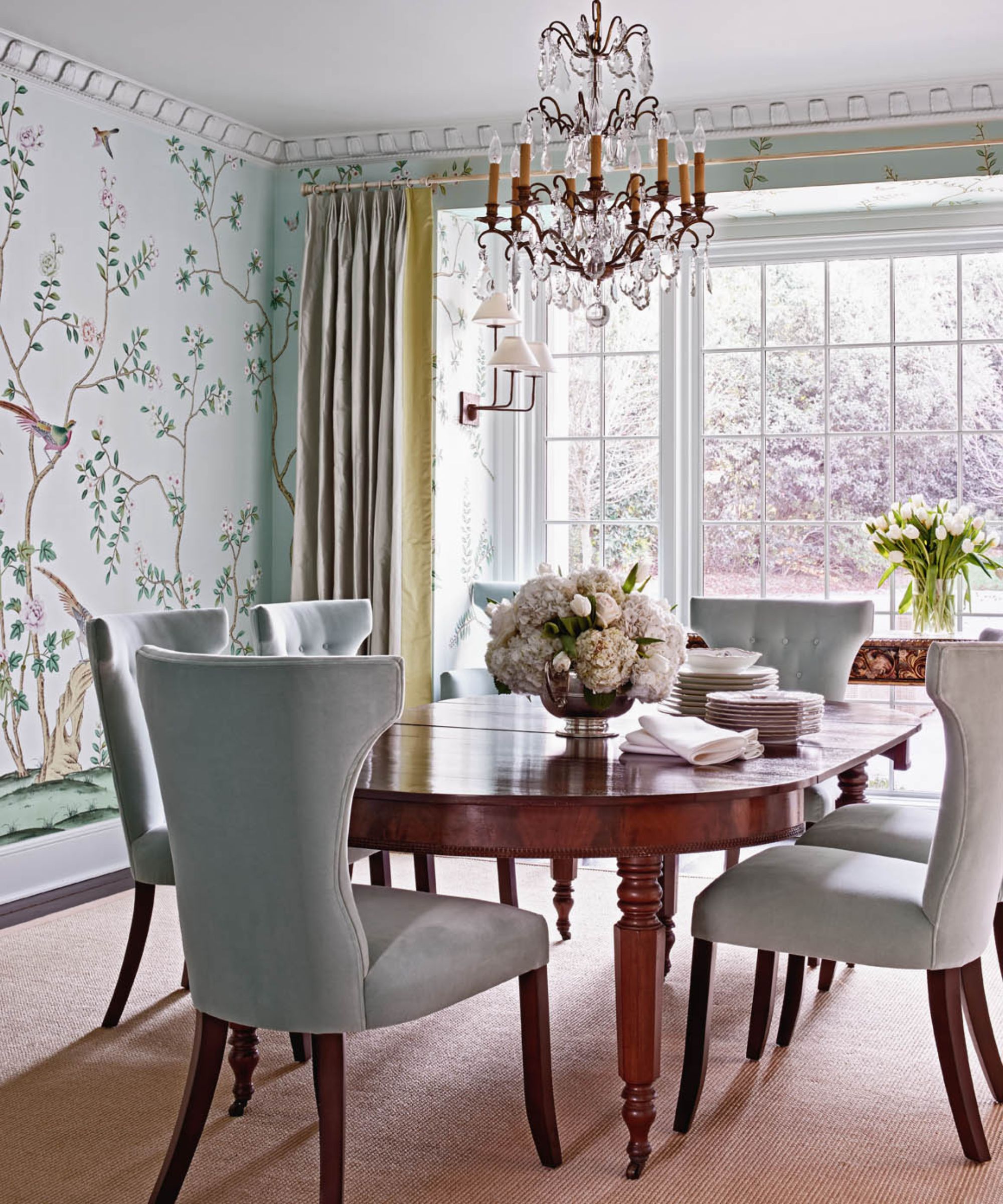
Formality is often associated with a lack of warmth and relaxation. 2025 dining room trends focus on bringing eclecticism and comfort in the space of hospitality and hosting. While formal spaces are sometimes appropriate and necessary, they're becoming less favored in many homes. In 2025, I think we will see a shift away from tradition, blurring the lines between archetypal communal spaces.
Amber Guyton, founder of Blessed Little Bungalow says, 'Formal dining rooms become less favored in many homes, with families opting for casual meals at kitchen islands or cozy moments on the living room sofa.'
So there are the trends we are waving goodbye to in 2025. The consensus seems to be that paired-back aesthetics are on the way out and warm, curated spaces will be taking their spot.
Sign up to the Homes & Gardens newsletter
Design expertise in your inbox – from inspiring decorating ideas and beautiful celebrity homes to practical gardening advice and shopping round-ups.

I am the Head of Interiors at Homes & Gardens. I started off in the world of journalism in fashion and luxury travel and then landed my first interiors role at Real Homes and have been in the world of interior design ever since. Prior to my role at H&G I was the digital editor at Livingetc, from which I took a sabbatical to travel in my self-converted van (not as glamorous as decorating a home, but very satisfying). A year later, and with lots of technical DIY lessons learned I am back to writing and editing, sometimes even from the comfort of my home on wheels.
- Eleanor RichardsonInterior Design News Editor
-
 How to get rid of bean seed flies – a pest control expert reveals how to keep crops safe from these seed munchers
How to get rid of bean seed flies – a pest control expert reveals how to keep crops safe from these seed munchersAs their name implies, these insects primarily feed on bean crops
By Tenielle Jordison
-
 Sarah Michelle Gellar's kitchen cabinets are moody yet elevated – I've always used dark paint with caution, but they make bolder tones accessible
Sarah Michelle Gellar's kitchen cabinets are moody yet elevated – I've always used dark paint with caution, but they make bolder tones accessibleThe actress's black kitchen cabinets are bold yet palatable, proving that this dark shade is a trendy yet timeless color pick
By Hannah Ziegler